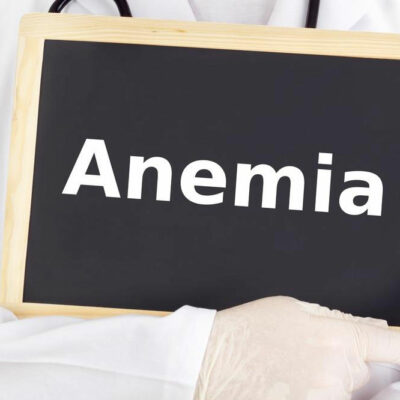
Health
6 Ways to Soothe Dry Eye Symptoms at Home
When the tear glands do not produce adequate lubrication, you’re probably suffering from dry eye syndrome. This results in discomforting symptoms like scratchy eye, pain, eye fatigue, heavy eyelids, light sensitivity, and blurred vision. These symptoms could compromise productivity at work and negatively impact lifestyle. While treatments and medications are readily available, these home remedies will soothe the symptoms of dry eyes. Thoroughly Clean Your Eyes For people with dry eyes, it’s imperative to pay extra attention while cleaning the eyes. One can use a soft cotton cloth to clean the lids and eyelashes after cleansing them with a mild shampoo. It’s ideal to avoid wearing eye makeup and if worn, the eyes must be thoroughly cleaned to prevent added irritation. Stay Well Rested and Hydrated When we don’t get adequate sleep, a person even without the dry eye syndrome can develop its symptoms and the impact on the dry eye patient can be much worse. Getting enough rest could curb the symptoms resulting in more relief. In fact, even getting some shut-eye between work or screen time makes a lot of difference. Moreover, we highly recommend staying hydrated to soothe the dry eyes symptoms and it has numerous other health benefits.
Read More 















